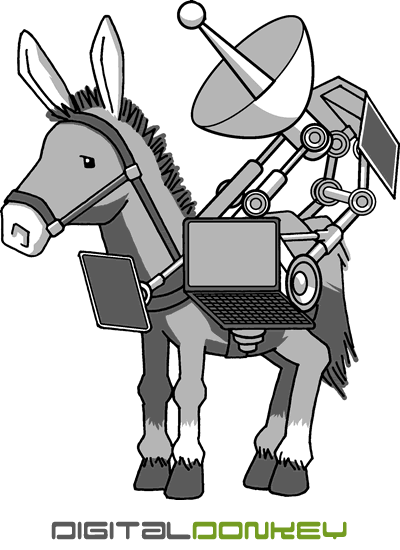This is the final article in a four part series that tells of the rise and fall of Virtudyne, one of the largest privately-financed ($200M) disasters in our industry. Though all names have been changed to protect the guilty, I've worked very closely with Rob Graves (the submitter) to ensure that this presentation is as close to how it happened as possible. The third article is Virtudyne: The Savior Cometh
After three years of full-time employment at Virtudyne, Rob Graves finally decided to call it quits. Most of Rob's friends and family thought he was insane to leave a cushy job where he was making 30% more than he could anywhere else in town. But then again, most of his current and former coworkers thought he was insane for staying so long.
Virtudyne had blown through nearly $200,000,000 of investor capital over five years to develop their Microsoft Office Killer. All they had to show for it was a barely functional product with a small subset of Microsoft Office's features and a single $8.5M sale. And technically, they only collected $5.8M on the sale because their customer withdrew the contract.
The sales and marketing department were desperate for ideas. They literally couldn't give their software away; anyone with even the most basic knowledge of Google could find out how well Virtudyne's first customer worked out. No one wanted to be their second.
But just then, it dawned on the sales team. They needed to find a market where the Internet had not yet reached. In such a market, their office suite would develop interest and that interest would lead right in to sales. One of the executives knew exactly how to find and penetrate such a market. They would use The Digital Donkey.
The CEO was a bit skeptical at first, but eventually realized how great of an idea it was. It was the perfect plan to sell their product to a market that no one else has ever tapped before. He signed off on the project.
Virtudyne engineers were tasked with figuring out a way to attach a satellite dish, laptops, and solar cells to a donkey. This Digital Donkey would then take Virtudyne's software along with a satellite internet connection to disenfranchised villagers living in the rural parts of India. The villagers would then be able to surf the 'net and use Virtudyne's software suite to create documents and communicate with "God knows who."
Everything would go through Virtudyne's server and they would eventually start billing the local governments for usage. I think it goes without saying that, like virtually every idea coming from Virtudyne's management team, the Digital Donkey was a miserable failure.
Virtudyne's offices are still open to this day, but no one's sure for how long. They've slightly improved their product over the years and tried to sell it under many different names to many different people. But still, nothing seems to work. Rob keeps in touch with a programmer at Virtudyne and confirmed that, as of two or three months ago to this day, there has yet to be a second sale.
UPDATE: Reading through the comments, a lot of you seemed to have a hard time buying this. Perhaps you don't realize how ubiquitous donkeys/mules/camels/etc are in everyday tasks and transportation in the third world. Also consider that the idea of a "Digital Donkey" is not originally Virtudyne's. Take a look at this successful experiment from the International Federation of Library Associations and Institutions:
"The mobile units are Donkey Drawn Electro-Communication Library Carts. Besides functioning as a mobile library with a collection of books and other printed works, it works as a centre for electric and electronic communication: radio, telephone, fax, e-mail, Internet."
-- http://www.ifla.org/V/press/pr0225-02.htm (with pictures, thanks to Antitorgo for finding)
Obviously the illustration above is hyperbolized for fun. The unbelievable part is not the digital donkey. What's so hard to believe (well, for anyone other than Virtudyne) is that some one would try to profit from this market.


